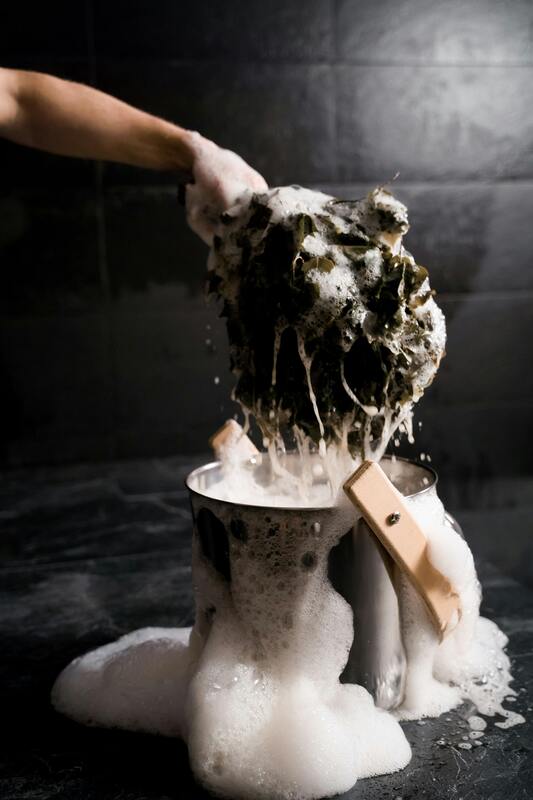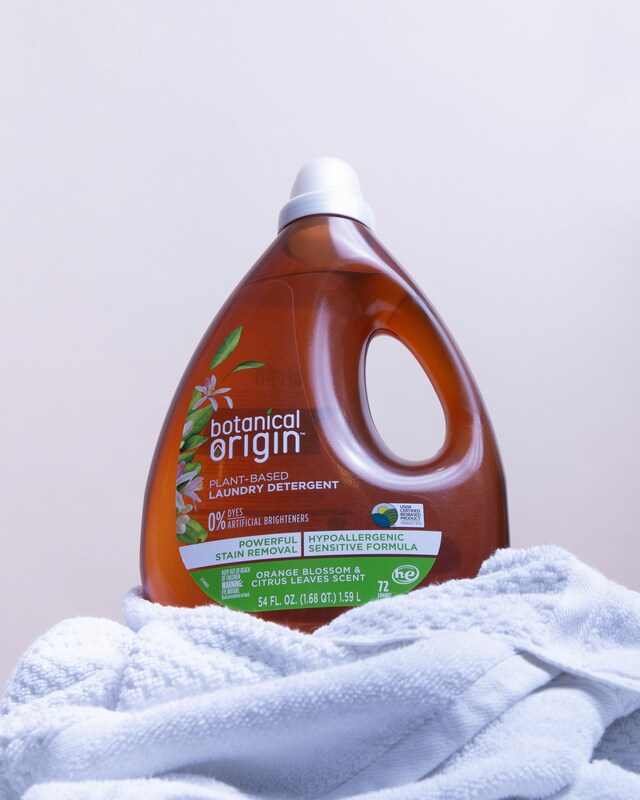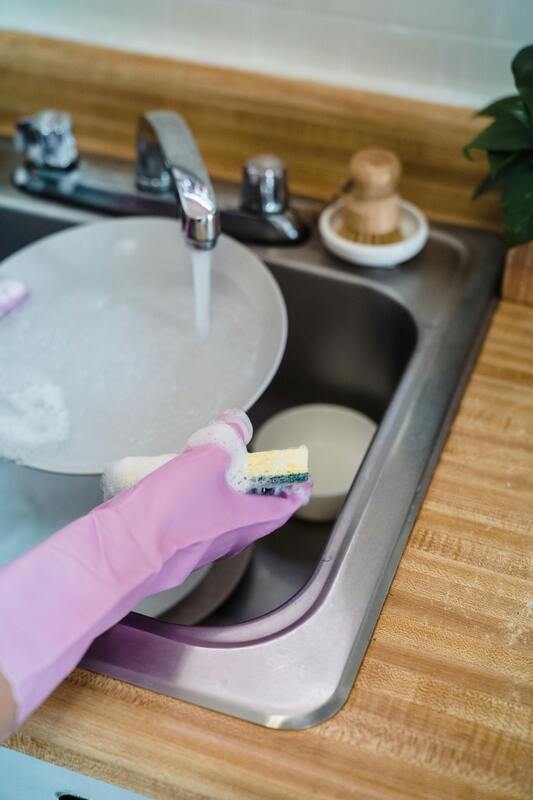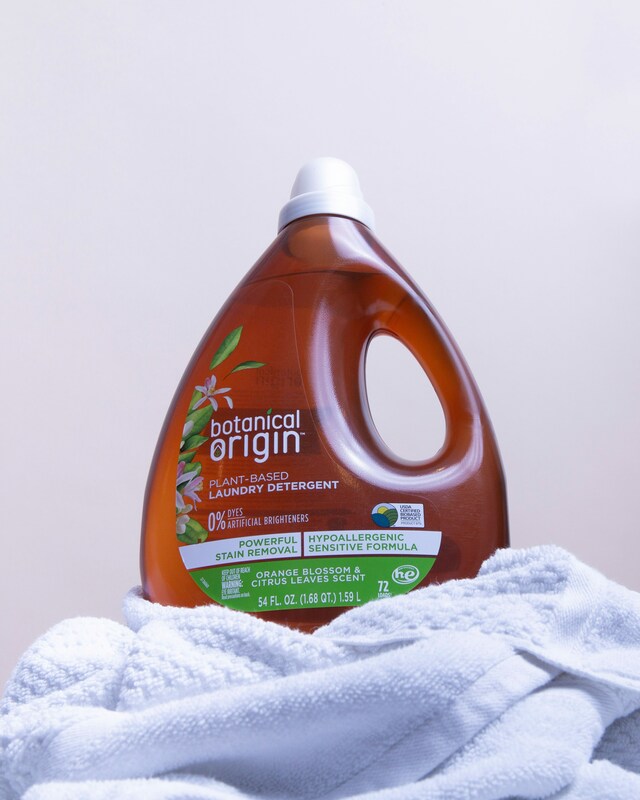Laundry detergent is a cleaning agent used in washing machines to clean clothes, linens, and other fabrics. It's specifically formulated to remove dirt, stains, body oils, and odors from textiles.
🧪 BASIC COMPONENTS OF LAUNDRY DETERGENT
- Surfactants (Surface-Active Agents)
- Break surface tension of water to loosen and lift dirt and oils.
- Types: anionic, nonionic, cationic, amphoteric.
- Break surface tension of water to loosen and lift dirt and oils.
- Builders
- Soften water by binding to minerals (like calcium and magnesium).
- Help surfactants work more effectively.
- Soften water by binding to minerals (like calcium and magnesium).
- Enzymes
- Biological catalysts that break down specific stains:
- Proteases: break protein (blood, sweat, food)
- Lipases: break fat/oil stains
- Amylases: break starches (sauces, baby food)
- Cellulases: brighten fabric and remove fuzz
- Proteases: break protein (blood, sweat, food)
- Biological catalysts that break down specific stains:
- Optical Brighteners
- Make clothes appear whiter and brighter by absorbing UV light and emitting blue light.
- Make clothes appear whiter and brighter by absorbing UV light and emitting blue light.
- Bleaching Agents
- Remove color stains (not just disinfect).
- Common type: hydrogen peroxide or percarbonate compounds.
- Remove color stains (not just disinfect).
- Fragrance
- Adds scent (optional and may cause allergies).
- Adds scent (optional and may cause allergies).
- Preservatives
- Prevent microbial growth in liquid detergents.
- Prevent microbial growth in liquid detergents.
- Fillers (mainly in powder)
- Add bulk or consistency; some affect cleaning ability.
- Add bulk or consistency; some affect cleaning ability.
- Anti-redeposition agents
- Prevent dirt from settling back onto clothes during wash.
- Prevent dirt from settling back onto clothes during wash.
- Water
- Main ingredient in liquid detergents
|
🌡️ HOW TO USE (General Guidelines)
|
|
🧽 COMMON MISTAKES TO AVOID
1. How Detergent Works
|
|
Enzyme Action
1. High-Efficiency (HE) Machines
|
🌊 WATER TYPE AND ITS EFFECTS1. Hard Water
- Contains minerals like calcium and magnesium.
- Makes it harder for detergent to work efficiently.
- Can cause soap scum and dingy clothes.
- Solution: use more detergent or a water softener.
- Requires less detergent.
- Suds more easily.
- Better for delicate fabrics and longer machine life.




